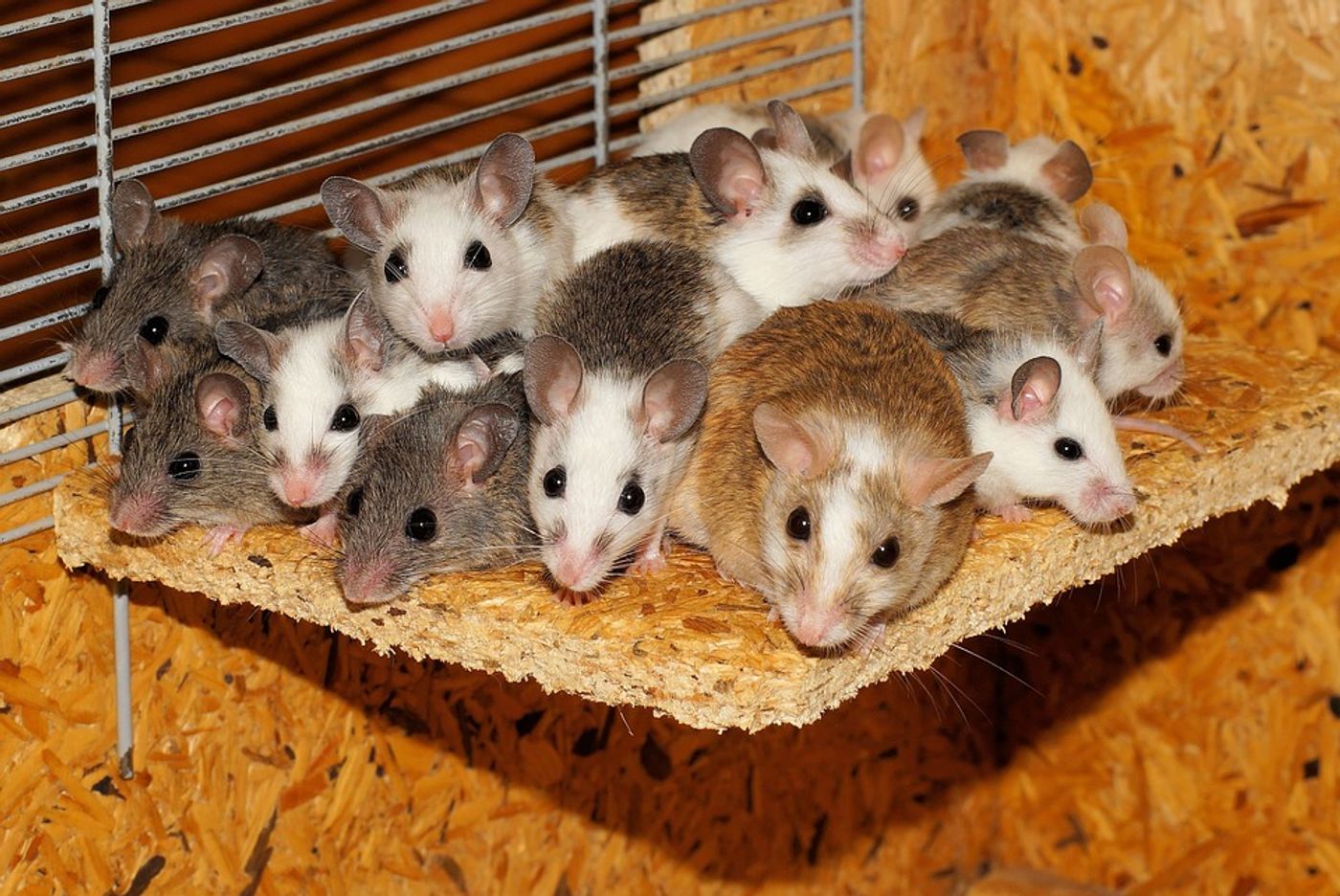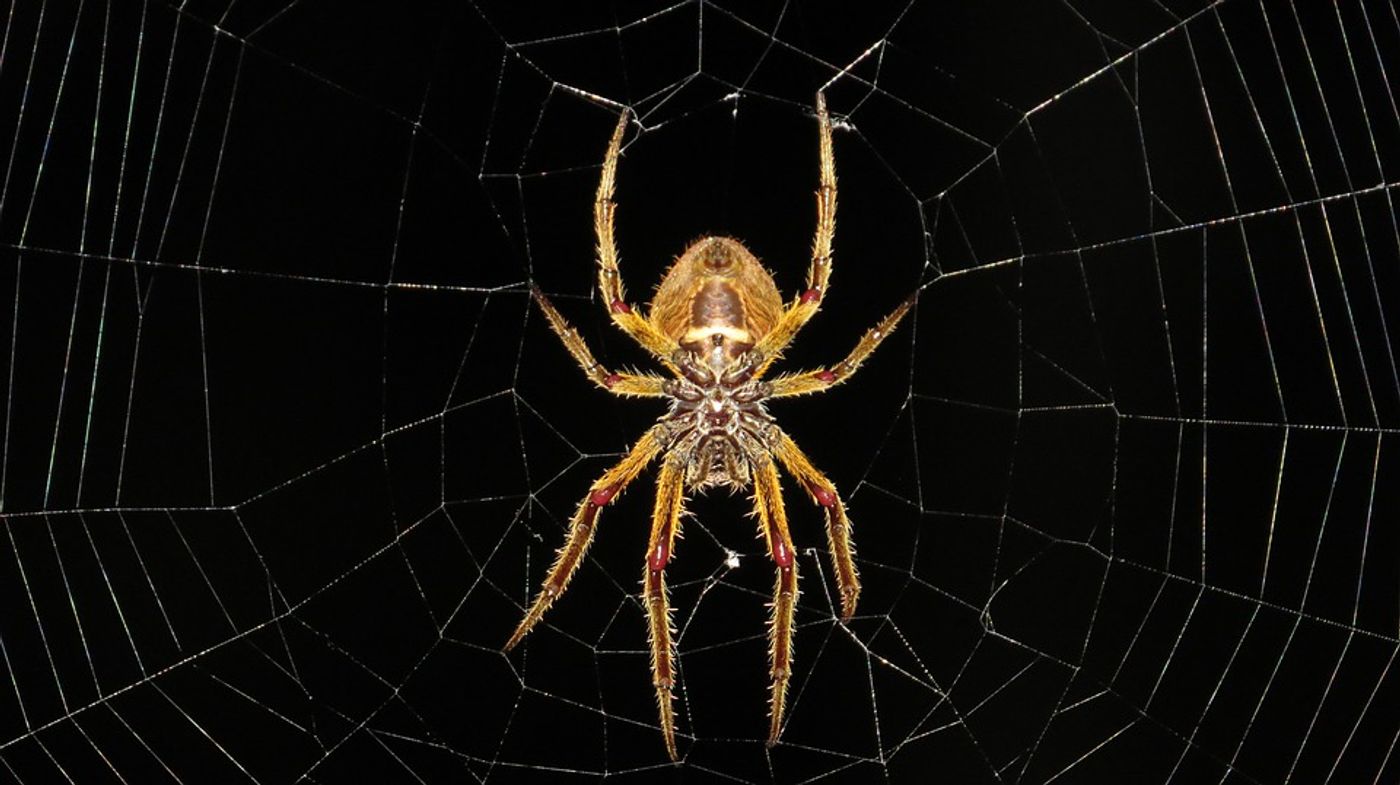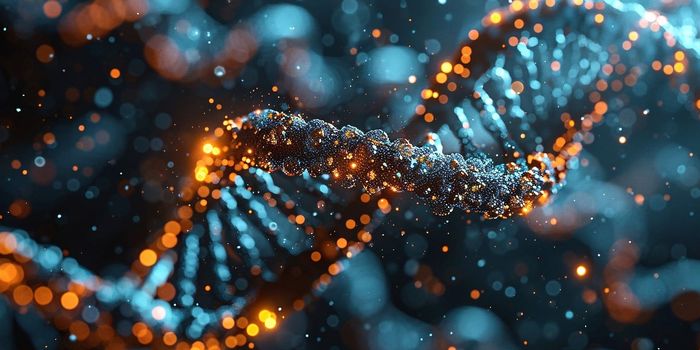Do We Inherit Our Instincts?
Some things are just instinct. For example, a mother’s urge to look after her young is generally considered an instinct, as is a spider’s ability to construct a web. But where does this behavior come from?
There are several different theories that try to explain this. One explanation is that instincts are the result of a combination of epigenetic changes and environmental stimuli experienced in one’s lifetime. For example, researchers have found that mice exposed to Vinclozolin, a substance used to manage diseases such as blights and molds in vineyards, experienced changes in their DNA packaging, which was then passed on for three generations (Yirka: 2017).
Researchers have also found that mice taught to react calmly to stress influence their offspring’s response to stress too, which leads them to have a calmer response to stress as well. This behavior may also be carried on to a third generation. Although there is still no evidence supporting the notion that epigenetic changes necessarily convert into DNA changes, given that instinctive and learned behaviors likely run on the same neural circuitry, some suspect that our instincts must be derived from learned behaviors in the past (ibid.).
To understand how this process may happen in more detail, it is interesting to delve into how we learn in the first place. Synapses, structures that permit neurons to pass on electric and chemical signals to other neurons, are regarded as being key to learning and memory (Kennedy: 2016). The communication that they enable between neurons has been connected to our ability to perform certain tasks. This is why, when confronted with a new task, unless we have done something similar to it before that activates similar neural pathways, we may initially struggle. Practice of this task however should, in theory, optimise the way our synapses function as they improve the connectivity between neurons based on feedback loops (Picard: 2013).
For instincts to happen, it appears that the genes responsible for constructing synapses set their functions to ‘adult’ values during embryonic development. This means that, unlike when we learn something for the first time, our synapses are fully reactional to a given environment as if they have already gone through a rigorous learning phase (Tryon: 2018). Such inheritance of instincts seems to have a particular effect on spiders, in how they manage to spin their webs soon after hatching, as well as on cats and dogs- why they behave differently. Yet, despite our understanding of how instincts are likely passed on through generations, the process behind how our genes construct synapses at adult values during embryology is still unknown.
To conclude, although there appears to be something of a biological basis as to how we inherit certain behaviors, how exactly they become encoded into our genetics is uncertain. Although epigenetics goes some of the way in demonstrating how certain behaviors may linger between generations, the process behind the creation of fully functional adult synapses that are passed on continuously is yet to be discovered.
Sources
Yirka, Bob: Phys.org
Kennedy, Mary B.: PMC
Picard, Nathalie et al: Nature
Tryon, Warren W.: Psychology Today










